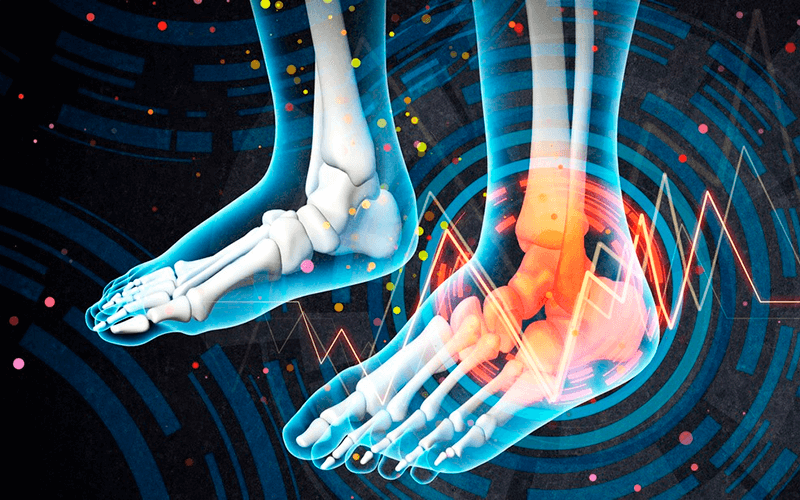“Diabetes: more than 382 million people affected. Diabetic Foot is one of the most severe complications. Plasmapheresis should improve macro and microcirculation”.
The International Diabetes Federation has recently estimated that the 8.3% of the adult population, so about 382 million people, are suffering from diabetes and the number of patients is set to increase to more than 592 million in less than 25 years. Of these, 15% will develop a lower limb ulcer during the lifetime, in which 25% of cases will result in greater or lesser amputation.

Diabetic foot syndrome is defined as the set of pathological manifestations directly related to the complications of diabetic disease involving the anatomical structures of the foot. It is a syndrome characterized by the interaction of chronic complications of diabetes, both micro and macroangiopathic, with an extremely important role in neuropathy.
Diabetic foot is particularly susceptible to the effects of complications resulting from peripheral neuropathy, vasculopathy and infectious processes.
Due to decreased blood flow, the onset of ulcerative lesions is facilitated. Skin ulceration in diabetic patients is classified according to the cause that caused the lesions to appear. The ulcer, if not cured, degenerates into deep ulcer, up to the gangrene and, in the terminal stage, needs amputation.
To date, treatment of diabetic foot syndrome involves the administration of drugs, revascularization treatments and plasmapheresis, with the aim of eliminating from the circulation all those substances that can compromise micro and macrocircle and, consequently, determine aggravation of the state of disease.
